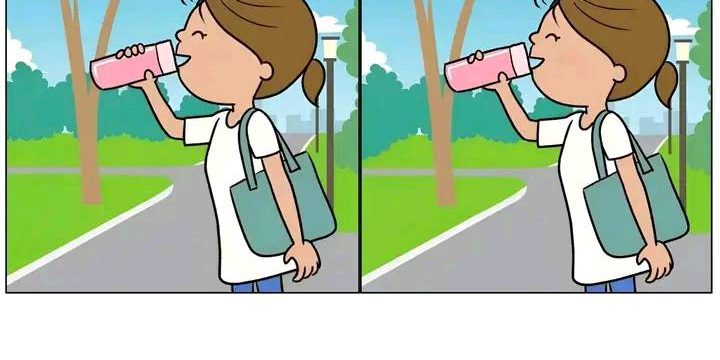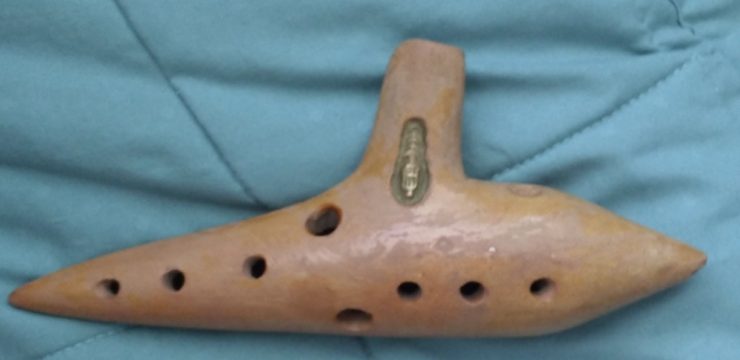In the peaceful French village of Baune, nestled near the city of Angers in the scenic Maine-et-Loire region, a bold and unexpected approach to traffic control is stirring up conversation among locals and visitors alike. The village, known for its charm and traditional architecture, recently became the subject of national curiosity after unveiling a highly unconventional method to curb speeding—painting wavy, squiggly lines across the roads leading up to a T-junction.

These unusual markings, which snake along the pavement in a manner more reminiscent of modern art than municipal planning, have sparked a wide range of reactions from residents. While some applaud the creativity behind the initiative, others are not so sure about its effectiveness or safety. The idea for this project came about as local authorities grew increasingly concerned about the number of drivers speeding through the village, especially near the T-junction, where visibility is limited and accidents seemed all too likely. Rather than resort to traditional methods such as speed bumps, flashing signs, or traffic cameras, the village decided to try something different—something that would jolt drivers out of autopilot and get them to pay attention.
Leading the charge was Baune’s mayor, Audrey Revereault, who saw the squiggly lines as more than just an eye-catching gimmick. To her, the markings represent a form of visual interference meant to disorient drivers just enough to make them slow down. The theory is that the unfamiliar and chaotic appearance of the road will naturally cause drivers to reduce speed out of caution, making the junction safer for everyone. Since their debut, these squiggly lines have become the talk of the town, with people debating their practicality, safety, and overall impact. Some residents have compared driving over the lines to the sensation of being seasick, saying the wavy pattern can be distracting or even nauseating. Others worry that the markings might confuse tourists or elderly drivers unfamiliar with the area, potentially increasing the risk of accidents rather than reducing it.
Despite the criticisms, there is also a contingent of villagers who appreciate the outside-the-box thinking. In a world filled with predictable traffic measures, Baune’s whimsical road design stands out as a brave experiment. Supporters argue that at the very least, the strange appearance of the lines forces drivers to notice their surroundings and consider their speed—something that ordinary white lines often fail to achieve. Social media has played a key role in amplifying the discussion, with photos of the squiggly roads going viral and drawing attention from across the globe. Some online commenters have praised Baune for its innovative spirit, while others have shared memes and jokes, likening the road to a kindergarten art project or a design by someone who couldn’t draw a straight line.
@designsecretsss How the town of Bauné, France used psychology to combat speeding drivers #psychology #design #cars #designsecrets ♬ Suspense, horror, piano and music box – takaya
Regardless of public opinion, the initiative has undeniably succeeded in raising awareness and initiating dialogue around creative approaches to traffic safety. Whether the squiggly lines will ultimately prove effective remains to be seen. The project is still in its early phases, and local officials are monitoring driver behavior and community feedback to determine whether this unusual method should be expanded or retired. If proven successful, it could pave the way—pun intended—for other towns to adopt similarly creative solutions to traffic issues. On the other hand, if it leads to confusion or fails to reduce speeding, it may serve as a cautionary tale about the limits of innovation in public safety. Either way, Baune has made its mark by challenging convention and daring to try something new. At a time when many communities are grappling with how to make their streets safer, this small French village has shown that sometimes it takes a little imagination—and a few squiggly lines—to spark meaningful change. Only time will tell whether this colorful strategy becomes a model for others or remains a quirky footnote in the history of traffic control.





